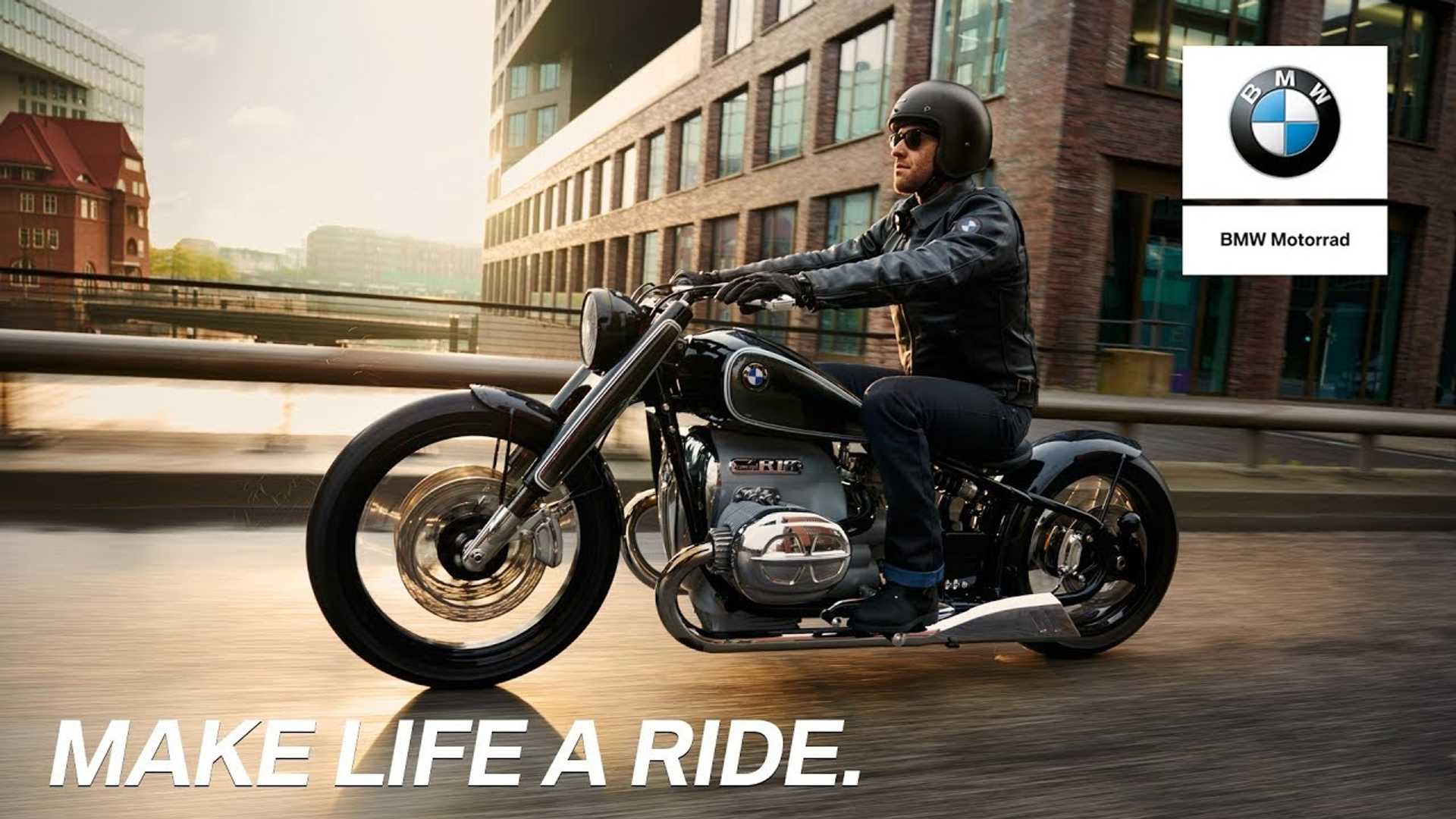After reading this all the way through, I'm pretty confused.
Turning the adjuster all the way anti clockwise sets the minimum possible preload for the shock - how can that be the 'shipping' position?
In this position, the bike will move around / bounce the absolute most possible & the bike be in it's maximum softness setting.
When set at minimum preload, the ride can feel harsh & kick you out the saddle due to using up all the available travel, then hitting the stops. This transfers the impact to the seat (hence you feel the bump).
Have I fundamentally misunderstood how suspension works?
Spring preload too low (for rider weight) = wallowy, cushy, jarring when hitting a larger bump in the road. Glides over minor imperfections.
Spring preload too high (for rider weight) = firm, feel every imperfection in the road transfreed to seat.

